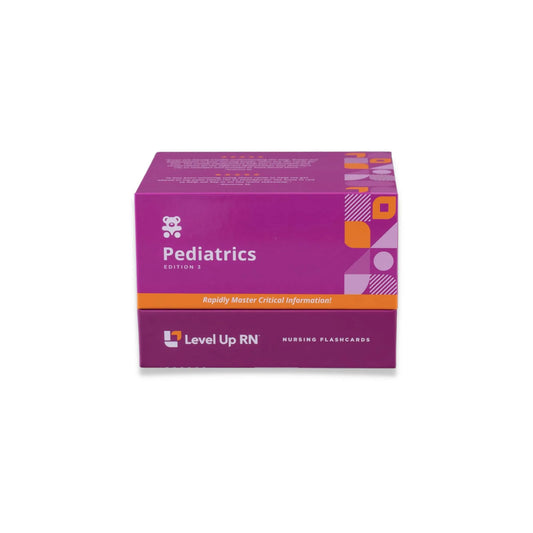Hi, it's Cathy with Level Up RN. In this video, I'm going to continue my coverage of integumentary system disorders from our pediatric nursing flashcards. Specifically, I'll be talking about dermatophytosis, which is also known as a tinea infection. And at the end of the video, I'm going to give you guys a little quiz to test your understanding of some of the key points I'll be covering. So definitely stay tuned for that. And if you have our flashcards, go ahead and pull out your flashcard on dermatophytosis so you can follow along with me.
Dermatophytosis or a tinea infection is a contagious fungal skin infection that is spread through contact with an infected person or animal or through contact with a contaminated item. So the different types of tinea infections include tinea capitis, which is a tinea infection on the head, tinea corporis, which is often referred to as ringworm, which is a tinea infection on the body, tinea cruris, which is often referred to as jock itch, which is a tinea infection on the groin, and tinea pedis, which is often referred to as athlete's foot, which is a tinea infection on the feet. So we do have a cool chicken hint to help you remember a couple of these. So to remember that tinea capitis is a tinea infection on the head, remember that you wear a cap on your head. And then to remember that tinea pedis is a tinea infection on the feet, remember that you pedal using your feet.
Risk factors for dermatophytosis include sharing of personal items, spending time in locker rooms, and warm, moist skin because fungus loves warm, moist areas. Signs and symptoms include red, itchy, scaly, and cracked skin. In addition, a ring-shaped rash may be present with tinea corporis, and hair loss may occur with tinea capitis. A tinea infection would be diagnosed based on the appearance of the rash. But in some cases, a KOH or potassium hydroxide test may be used to assist with diagnosis. Treatment of dermatophytosis includes topical or oral antifungal agents, depending on the severity and the location of the infection. So for tinea capitis, we would treat this with an oral antifungal agent as well as selenium sulfide shampoo. However, for tinea infections on other parts of the body, a topical antifungal agent is typically recommended. In terms of family teaching, you should advise your patient to keep their skin as clean and dry as possible. They should not share personal items, and then they should wear shower shoes or flip-flops when they are in a locker room or walking around a public pool. And then, as I mentioned before, people can get a tinea infection from infected animals. So it's important to treat infected pets and to always wash your hands after playing with pets.
All right. It's quiz time, and I've got three questions for you.
Question number 1, can dermatophytosis be transmitted through contact with an infected pet?
The answer is yes.
Question number 2, what type of tinea infection causes a ring-shaped rash on the body?
The answer is tinea corporis or ringworm.
Question number 3, how is a tinea infection treated?
The answer is with a topical antifungal agent or oral antifungal agent, depending on the severity and location of the infection.
All right. That is it for this video. I hope it was helpful. Take care and good luck with studying.
[BLOOPERS]
Question number 1, can [inaudible]?


